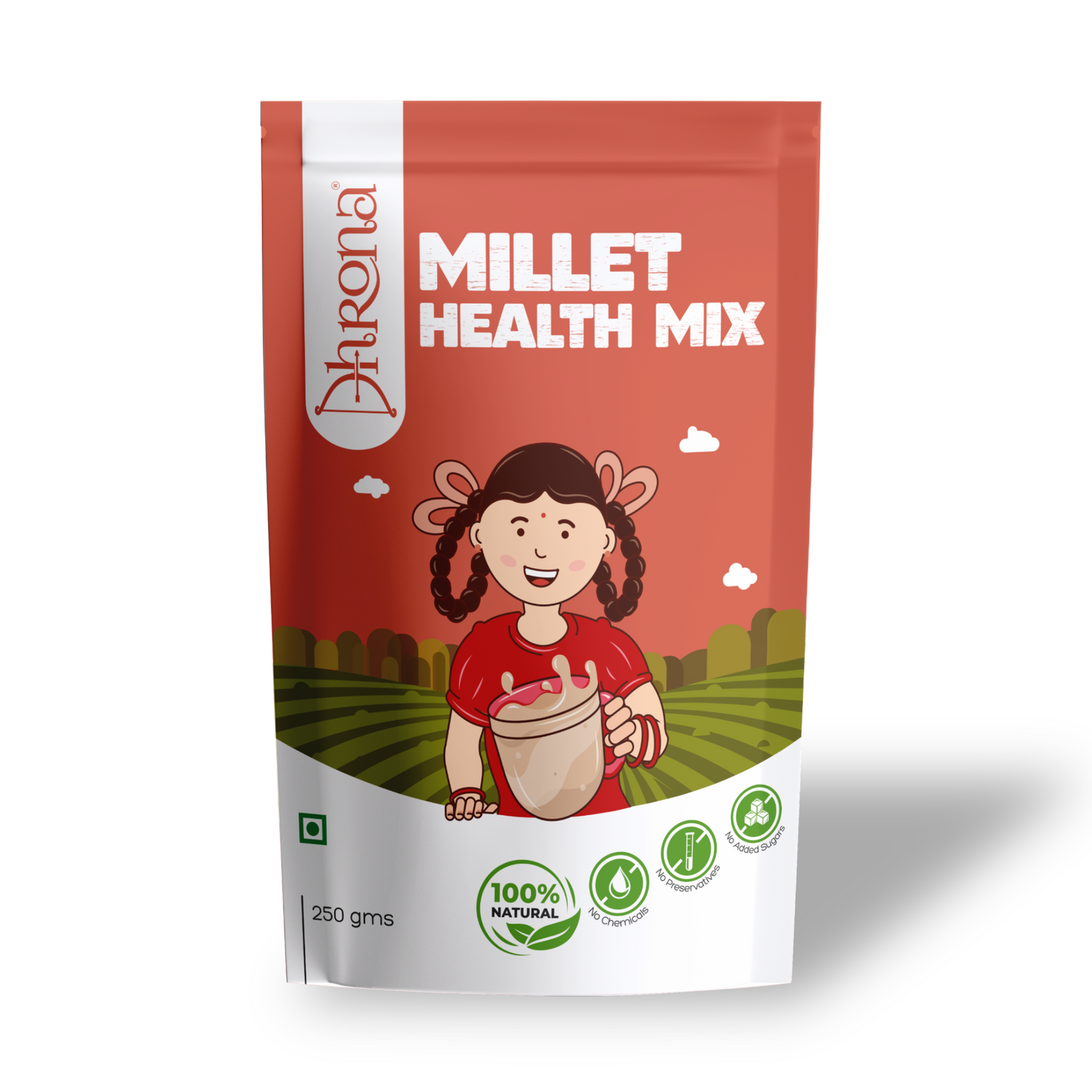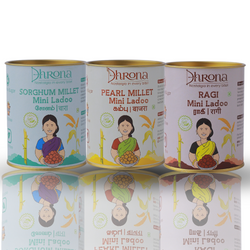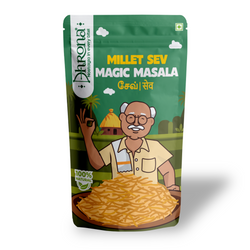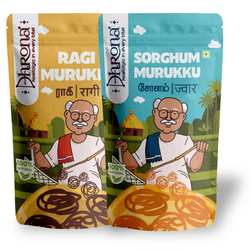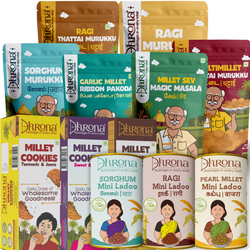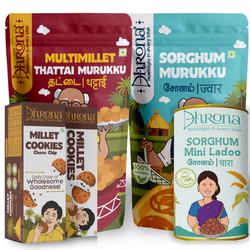You will not be allowed to compare more than 4 products at a time
View compareLET'S TALK FAT
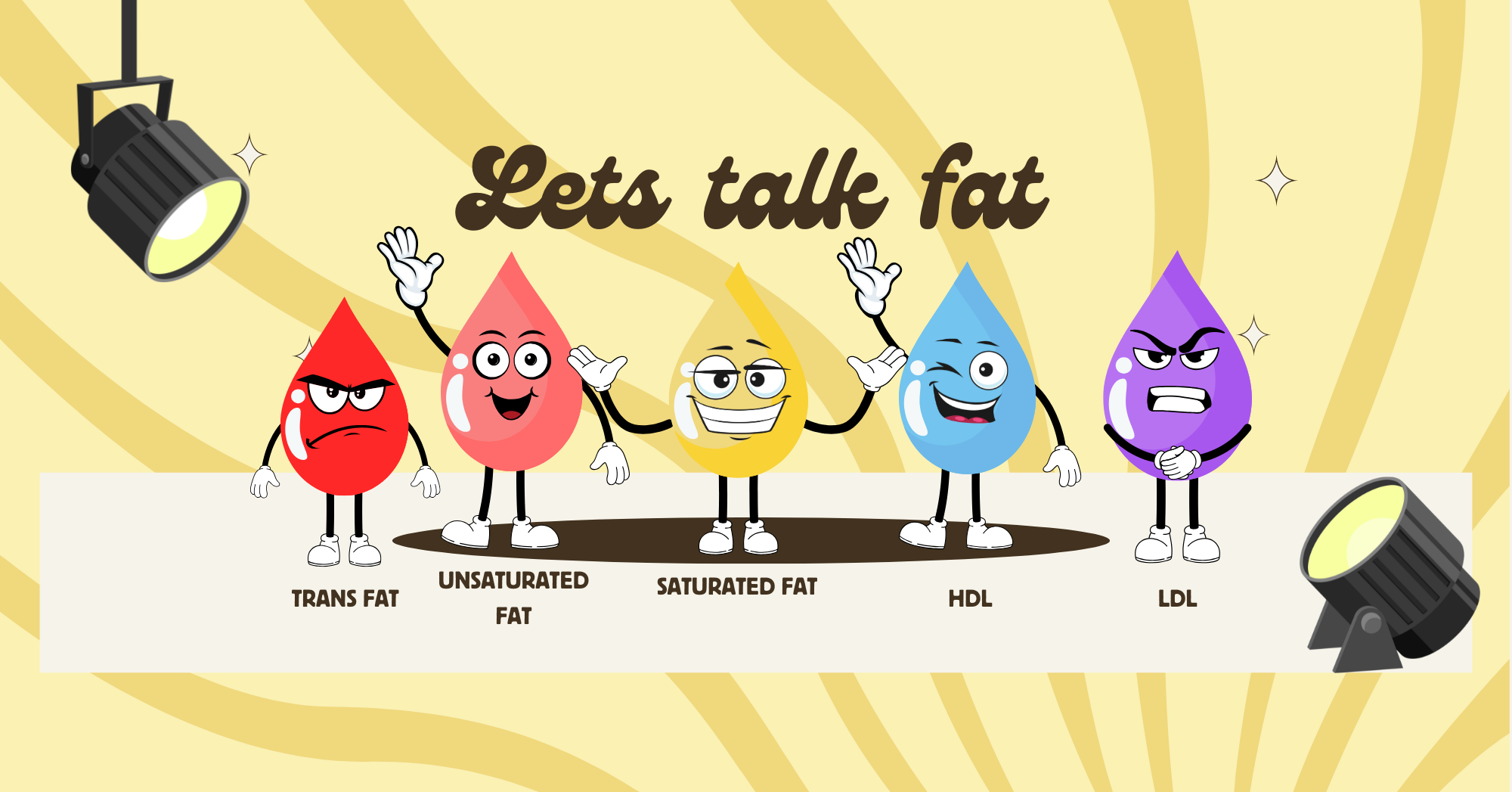
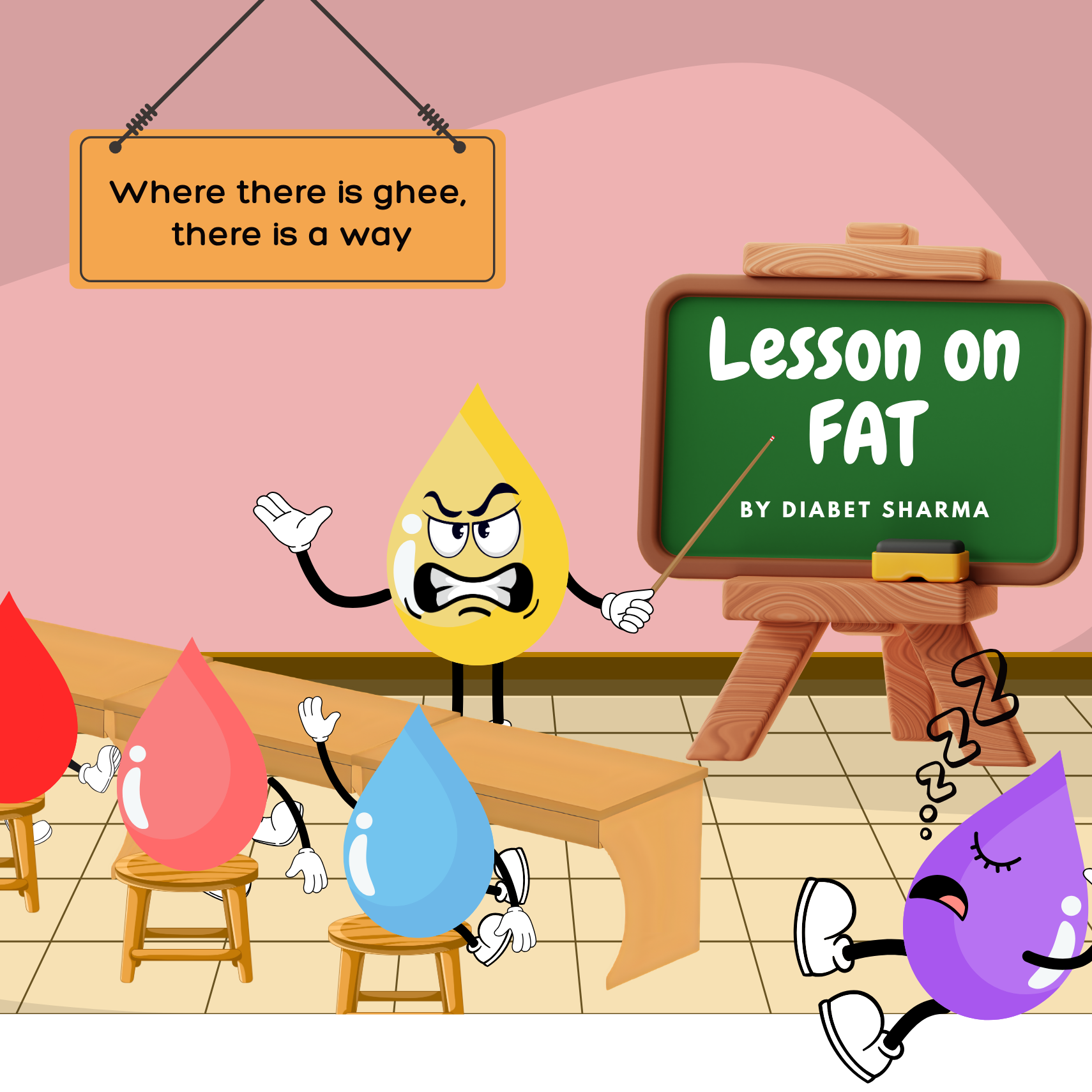
🧈 What is Fat, Really?
🧪 Types of Fat
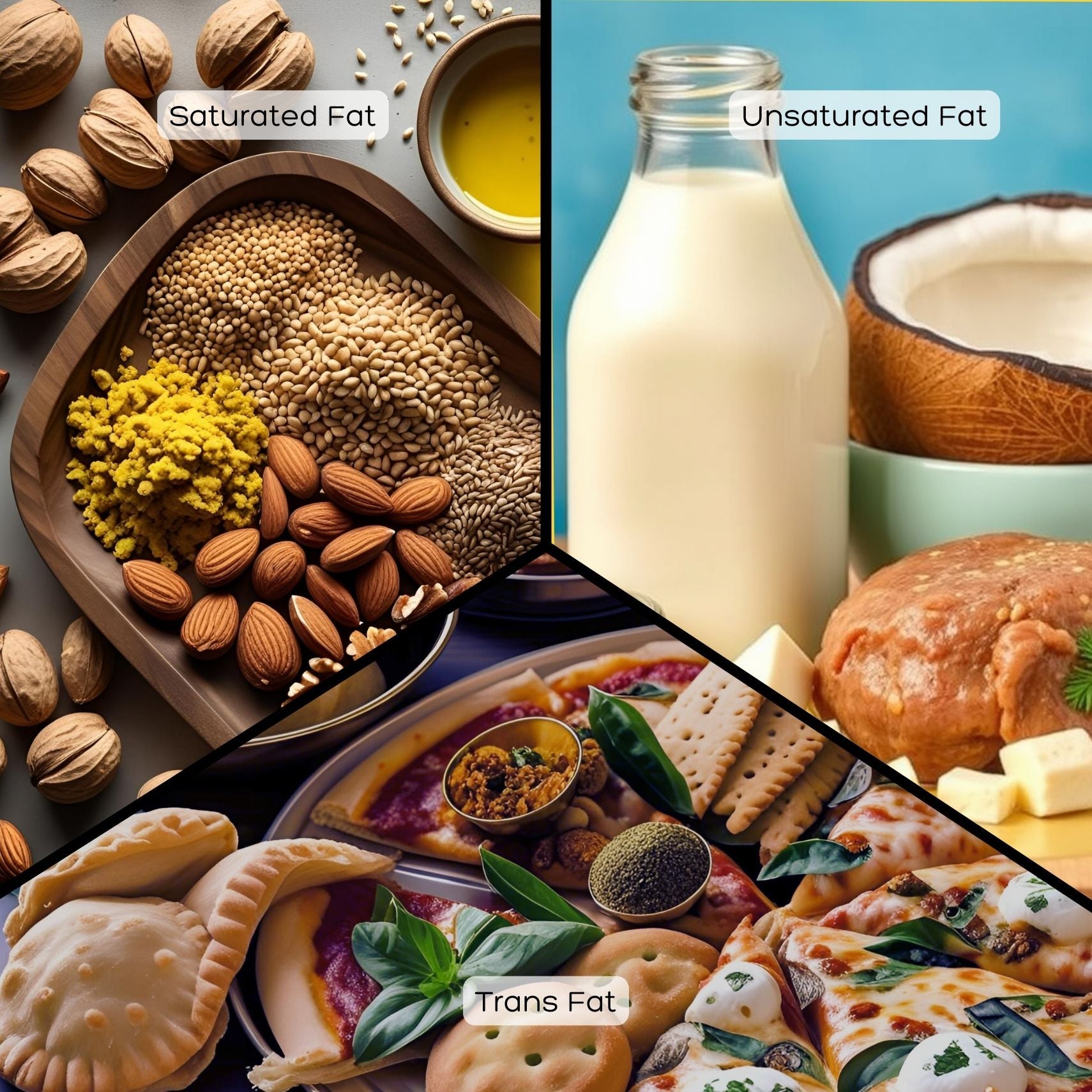
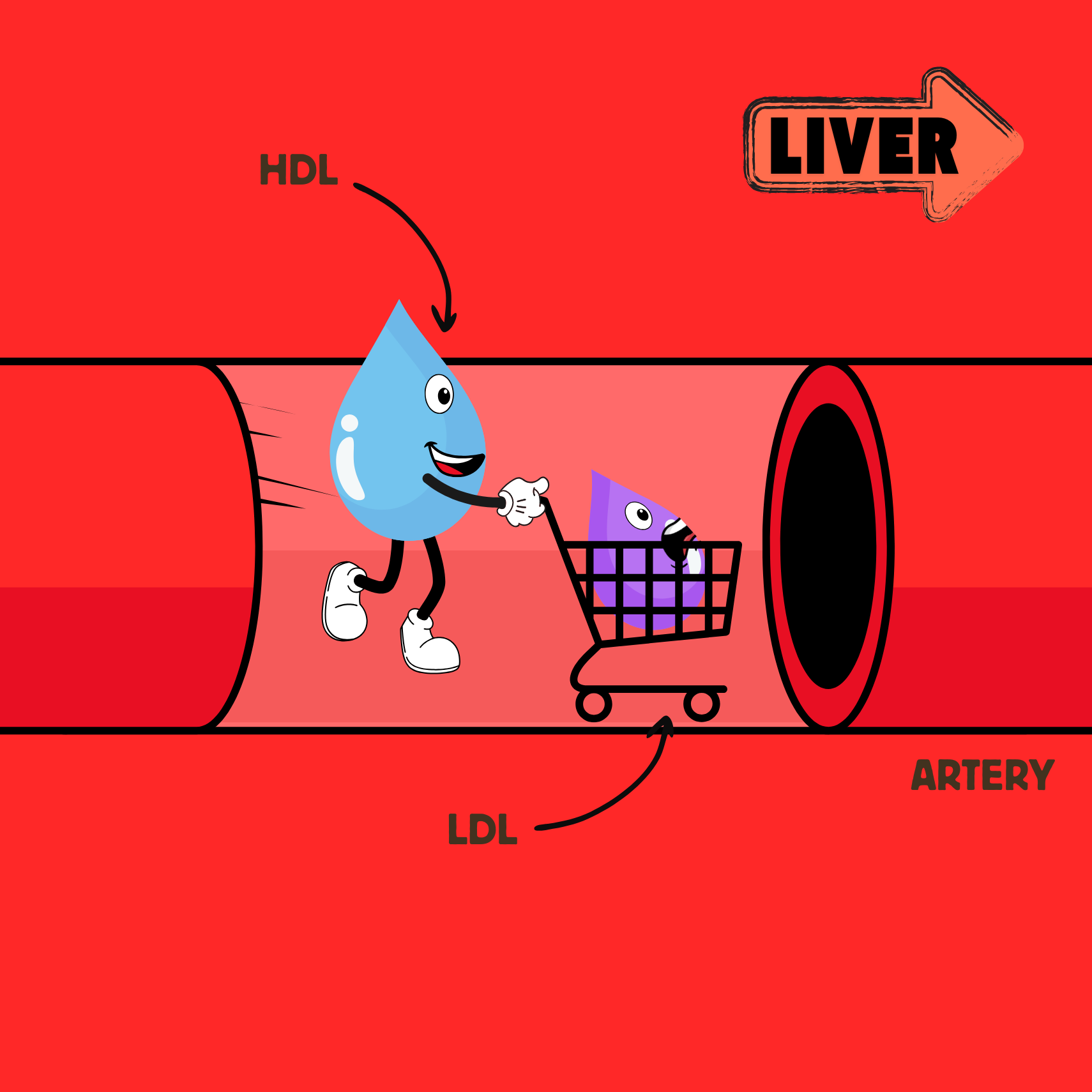
🩸 Cholesterol
Conclusion
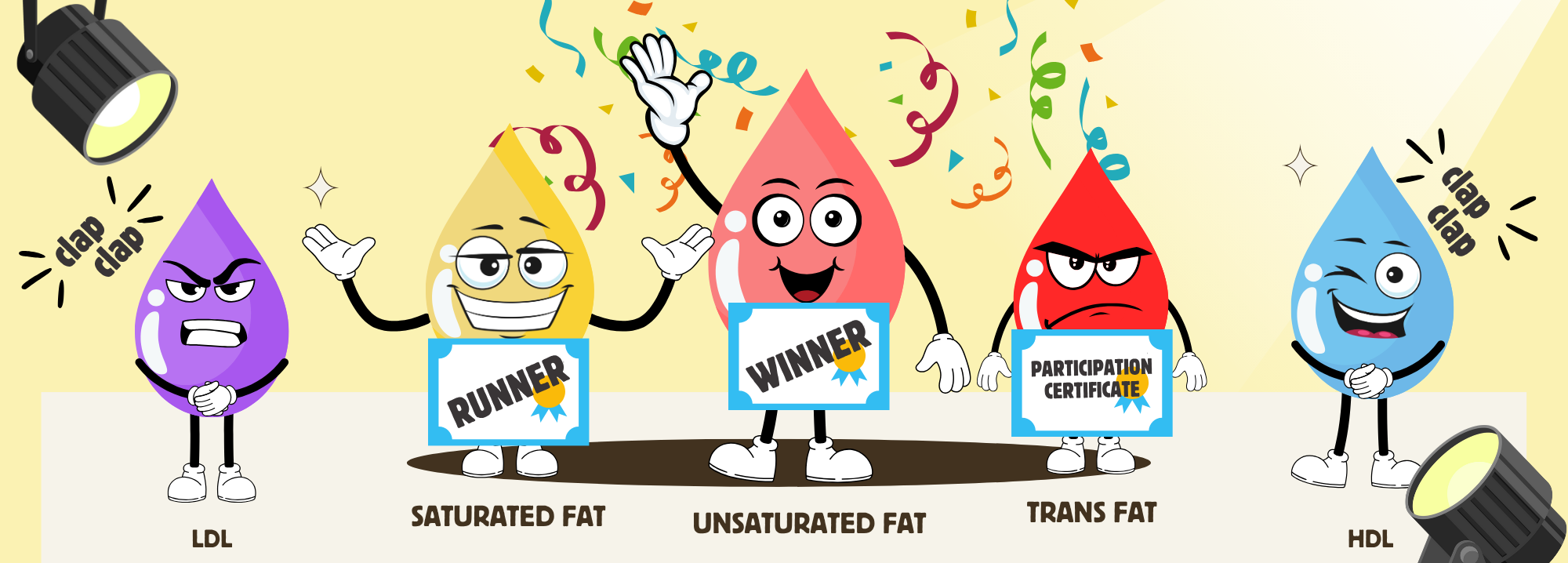
Food Choices That Influence Good & Bad Cholesterol
| Food Type | Effect on HDL (Good) | Effect on LDL (Bad) | Examples |
|---|---|---|---|
| Unsaturated Fats (Healthy Fats) |
↑ Increases HDL | ↓ Lowers LDL | Olive oil, nuts, seeds, avocado, fatty fish |
| Omega-3 Fats (Special Unsaturated) |
↑↑ Strongly boosts HDL | ↓ Lowers LDL | Salmon, sardines, walnuts, flaxseeds |
| Saturated Fats | Slightly ↑ HDL | Slightly ↑ LDL | Butter, ghee, coconut oil, red meat |
| Trans Fats (Very Bad) |
↓ Decreases HDL | ↑↑ Greatly raises LDL | Bakery items, fried snacks, margarine |
| Refined Carbs & Sugar | ↓ Decreases HDL | ↑ Raises LDL | White rice, sweets, packaged snacks |
| Soluble Fiber | ↑ Supports HDL | ↓ Lowers LDL | Oats, beans, millets, fruits, psyllium husk |
| Plant Sterols | Neutral | ↓ Reduces LDL absorption | Nuts, vegetable oils, fortified foods |

